Marshall (John) Elementary School serves 250 students in grades Kindergarten-6.
The percentage of students achieving proficiency in math was 50-54% (which was lower than the California state average of 58%). The percentage of students achieving proficiency in reading/language arts was 50-54% (which was lower than the California state average of 56%).
School Overview
Grades Offered
Grades Kindergarten-6
Total Students
250 students

Total Classroom Teachers (09-10)
13 teachers
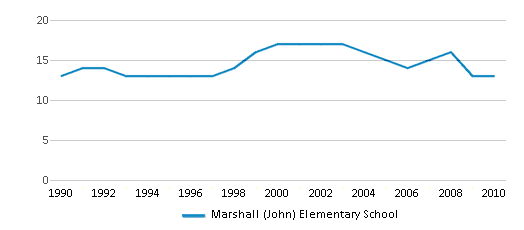
Students by Grade
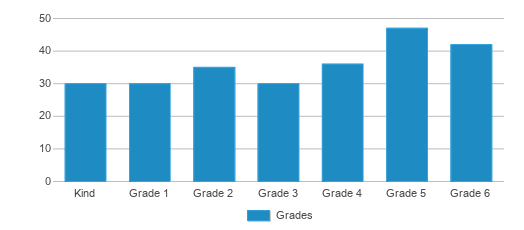
School Rankings
Math Test Scores (% Proficient)
(10-11)50-54%
58%
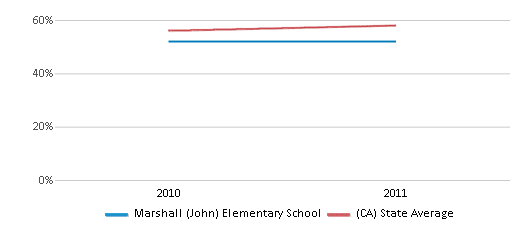
Reading/Language Arts Test Scores (% Proficient)
(10-11)50-54%
56%
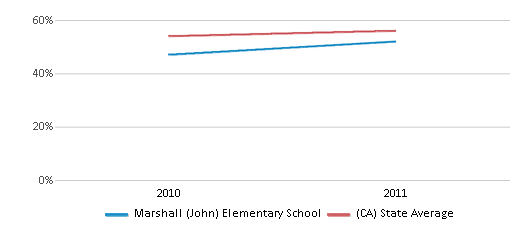
Student : Teacher Ratio
n/a
21:1

American Indian
n/a
1%
Asian
67%
12%
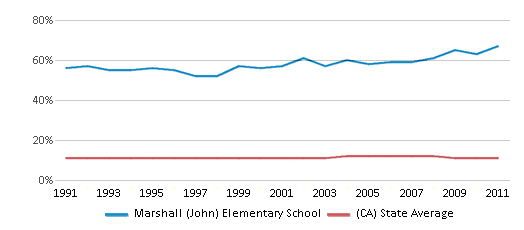
Hispanic
33%
56%
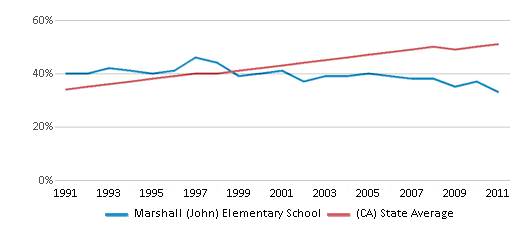
Black
n/a
5%
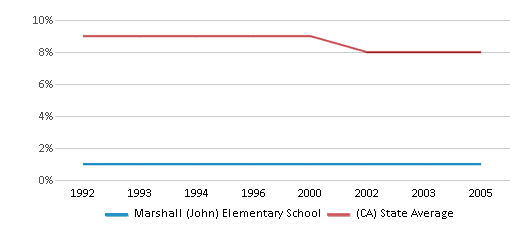
White
n/a
20%
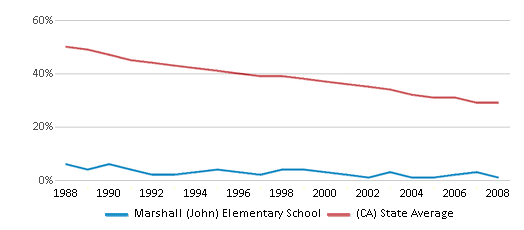
Hawaiian
n/a
n/a
Two or more races
n/a
6%
All Ethnic Groups
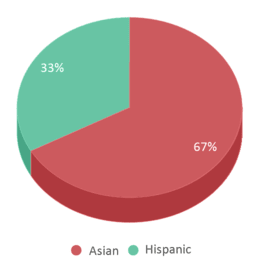
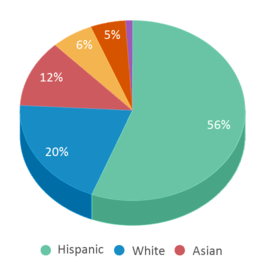
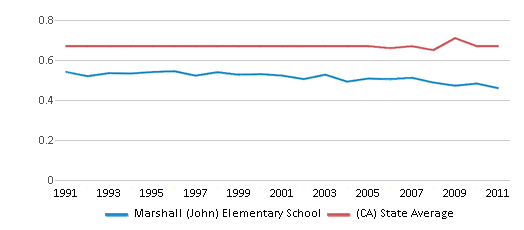
Eligible for Free Lunch
62%
54%
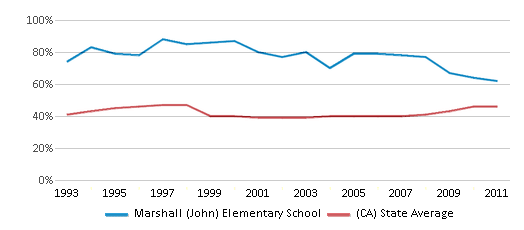
Eligible for Reduced Lunch
22%
8%
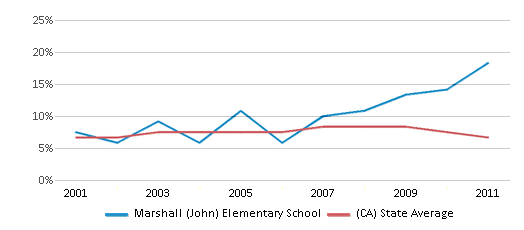
School Statewide Testing
School District Name
Source: National Center for Education Statistics (NCES), CA Dept. of Education
Frequently Asked Questions
What percent of students have achieved state testing proficiency in math and reading?
50-54% of students have achieved math proficiency (compared to the 58% CA state average), while 50-54% of students have achieved reading proficiency (compared to the 56% CA state average).
How many students attend Marshall (John) Elementary School?
250 students attend Marshall (John) Elementary School.
What is the racial composition of the student body?
67% of Marshall (John) Elementary School students are Asian, and 33% of students are Hispanic.
What grades does Marshall (John) Elementary School offer ?
Marshall (John) Elementary School offers enrollment in grades Kindergarten-6
What school district is Marshall (John) Elementary School part of?
Marshall (John) Elementary School is part of Garvey Elementary School District.
Recent Articles

How Scaffolding Could Change the Way Your Child Learns
This article explores the concept of instructional scaffolding, a teaching method that enhances learning by breaking down complex tasks into manageable parts. It highlights how scaffolding supports students in developing critical thinking skills and becoming more independent learners. The article discusses the benefits of scaffolding, including improved engagement and reduced anxiety, and provides strategies for its implementation across various educational levels.

The Impact of Coronavirus on Public Schools
This article discusses the widespread impact of COVID-19 on public schools, addressing issues such as school closures, remote learning challenges, effects on standardized testing, and concerns about student progress. It also provides tips for parents suddenly faced with homeschooling responsibilities.

February 05, 2025
Understanding the U.S. Department of Education: Structure, Impact, and EvolutionWe explore how the Department of Education shapes American education, from its cabinet-level leadership to its impact on millions of students, written for general audiences seeking clarity on this vital institution.





